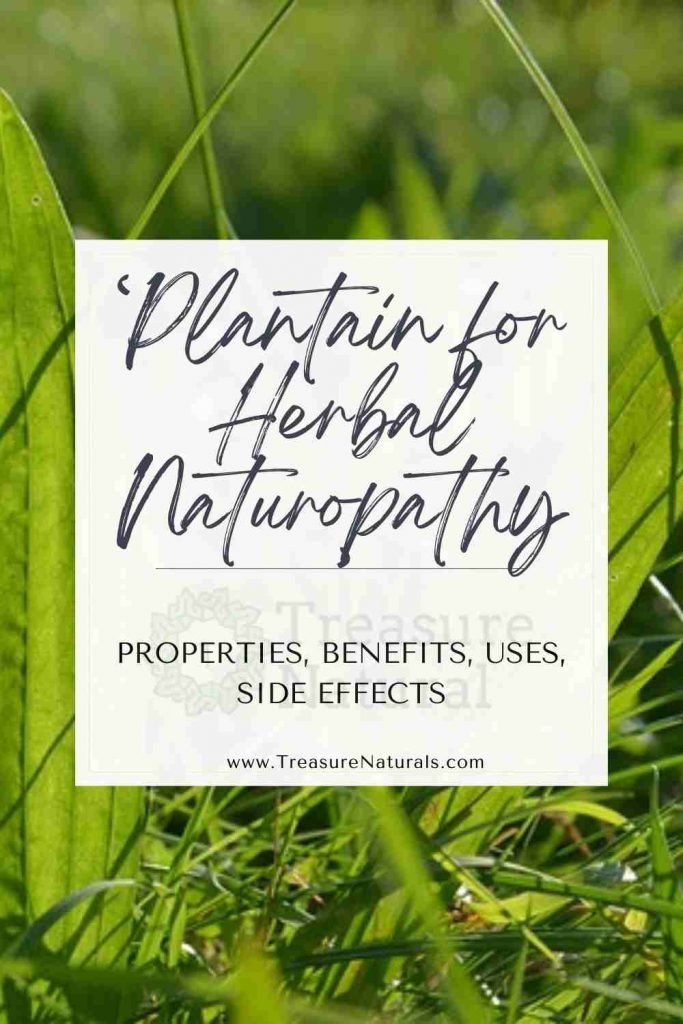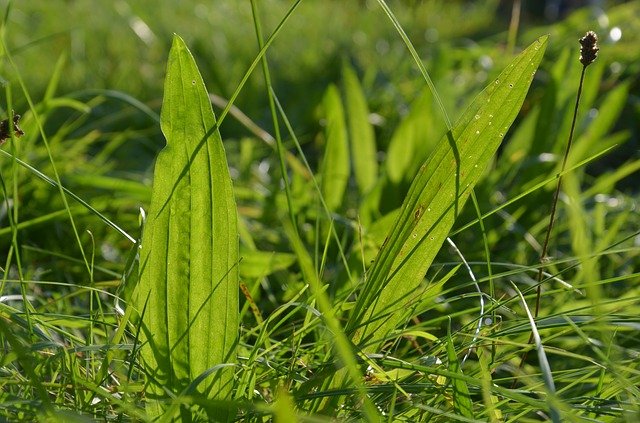
Plantain is a spontaneous plant considered a weed, with interesting health properties.
The term “plantain” indicates both the Plantago lanceolata and the Plantago major, small spontaneous plants belonging to the Plantaginaceae family.
Properties of plantain
In nature we find several species of plantain, including:
- Lanceolate plantain ( Plantago lanceolata );
- Greater plantain ( Plantago major ).
The two species differ slightly in quantity and quality of the active constituents and, consequently, in properties.
In general, the properties of the plantain , given by the phytocomplex, make it:
- Anti-inflammatory;
- bechica (which fights cough);
- expectorant;
- healing.
The benefits of plantain are given by a set of molecules that includes:
- Iridoid glycosides ;
- phenolic compounds;
- mucilage;
- tannins;
- salicylic acid.
present mainly in the aerial parts of the plant.
The aerial parts of both species are used; when we talk about plantain seeds we are referring to the seeds of Plantago ovata or those of psyllium (Plantago psyllium), with laxative properties .
Benefits of plantain
Plantain is mainly used to treat inflammation of the mouth, throat and airways.
Thanks to the content of mucilage and tannins, in fact, plantain has an emollient, sedative and astringent action and helps to relieve coughs, sore throats, bronchitis.
The presence of aucubin – an iridoid glycoside – makes plantain a useful remedy even in case of allergy, in particular for allergic reactions involving the respiratory tract.
Externally, preparations based on plantain are used as soothing for irritated skin, to speed up the healing of wounds and to counteract herpes.
Also for topical use, plantain also helps in case of insect bites, conjunctivitis and acne.
How to use plantain
Plantain can be used internally and externally in the form of an infusion, mother tincture or fresh plant, alone or also associated with other balsamic and expectorant plants.
Plantain is often included, for example, in syrups to calm coughs and remove phlegm ; mucilages contribute to the soothing action by layering on the walls of the bronchial mucous membranes, thus protecting them from further aggressions.
With the fresh leaves and the infusion you can make external compresses for irritated skin, to calm the itching and swelling caused by stings from bees, wasps, hornets and other insects and to speed up the healing of wounds, boils and hemorrhoids.
The infusion and mother tincture of plantain in water can be used, as well as internally, also externally for skin washes, mouth rinses and gargles.
Finally, plantain is also one among many edible plants. The leaves, collected before the flowering of the plant, can for example be used raw to prepare a plantain or mixed herb salad.
How to use
- Infusion
2 teaspoons of dried plantain in boiling water for ten minutes. You can drink up to three cups a day.
- Tincture
30-40 drops diluted in water to be administered three times a day.
Contraindications of plantain
There are no particular contraindications for the intake of plantain. It is advisable to avoid its use in case of allergy or individual sensitivity and to consult your doctor before using plantain in pregnancy, even if it is not contraindicated.
Description of the plant

The plantain is a small herbaceous plant, with a rosette of lanceolate leaves in the Plantago lanceolata, shorter and rounder in the major.
The plantain leaves have three to five clearly visible parallel veins, which allow the recognition of the plant.
In spring-summer, from the rosette of leaves develops a stem carrying the inflorescence, formed by small white or pink flowers gathered in a spike.
At the end of flowering, the fruits containing the seeds develop and the ear takes on a brown color.
Habitat of the plantain
Plantain is very common in our country : it grows spontaneously in meadows, along the roads, in uncultivated green areas.
Background
A very modest plant that has never exerted any charm, neither for the beauty of its colors, nor for the scent of its flowers, the plantain has always been present in people’s daily life, as a humble road plant, necessarily part of popular medical practices.
Its name derives from the Latin word planta, both for the similarity of the leaves to the sole of the foot ; both for the use that the wayfarers made of it, who were lucky enough to meet it on their way.
Dioscorides (I century AD), recommended it for dysentery , while Pliny called it ” magic herb ” for its numerous curative properties have handed down news about its medicinal use.
The doctors of the Salerno School exploited its astringent properties using it as a remedy against heavy menstruation and “the displacements of the uterus”; while the doctor and philosopher Albert the Great (13th century) considered it a formidable antidote against the venom of scorpions and snakes.






